Croatia at the Crossroads: A consideration of archaeological and historical connectivity —— Proceedings of conference held at Europe House, Smith Square, London, 24–25 June 2013 to mark the accession of Croatia to the European Union
----- 2013年6月24日至25日,在伦敦史密斯广场欧洲大厦举行的纪念克罗地亚加入欧盟的会议记录
Croatia has a unique geographical and historical position within Europe, bridging central and south-east Europe. From the Pannonian Plain to the southern Adriatic maritime landscape, interconnectedness flows through Croatia’s history. This dynamic past is increasingly being reflected upon by a new and exciting generation of Croatian scholars who are firmly embedded within a strong national tradition of archaeology but who also look outward to draw insights into the nature of material culture they encounter in Croatia and Croatian identity itself. Croatia at the Crossroads (24-25 June, Europe House, London) provided the opportunity to reflect upon such interconnectedness and Croatia’s historic place within Europe. This event typified the desire of Croatian archaeologists to engage with such matters on an international level and to situate their scholarship within broader regional dynamics. Following the foundation of the new Croatian state, the opportunities for new forms of engagement have grown. This has stimulated thinking regarding both approaches to archaeology and the potential cultural cross-fertilisation that has resulted in Croatia’s rich archaeological and historical record. This has led to in new, exciting understandings of archaeological material, and this was revealed in contributions to the Croatia at the Crossroads conference. The papers published here arise from the exceptionally interesting presentations and discussions held in London at the conference. Each of them takes Croatia’s particular interconnectedness in terms of social and cultural relationships with the wider region as the starting point for exploring issues across a broad chronological range, from human origins to modernity. Within this, contributors pick up on a variety of different fields of interconnectedness and forms of interaction including biological, cultural, religious, military, trade, craft and maritime relationships. In many ways, these papers represent opening conversations that explore ways of thinking about new and established data sets that are entering Croatian scholarship for the first time. They also act as a set of complementary discussions that transcend traditional period and national boundaries. We hope that by bringing them together the volume will provide an insight into current trends in Croatian archaeology and stimulate fruitful discussions regarding future directions.
{{comment.content}}
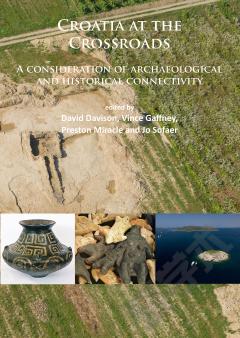
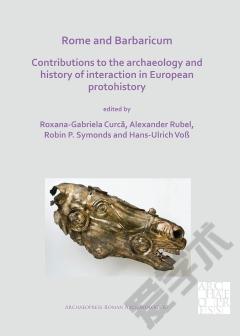

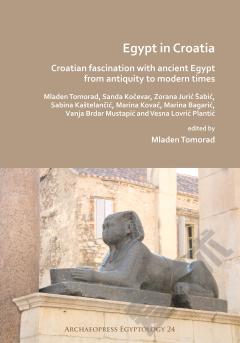
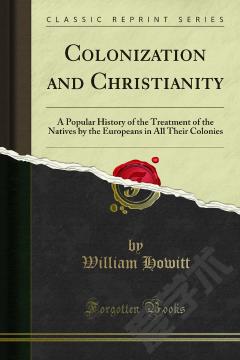
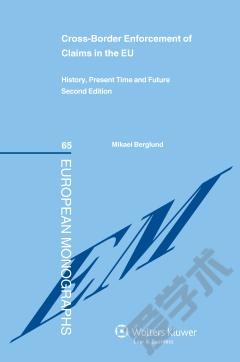
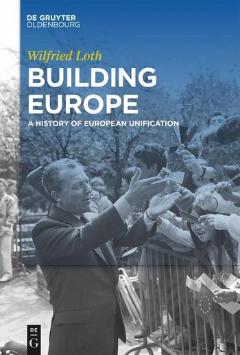

 京公网安备 11010802027623号
京公网安备 11010802027623号